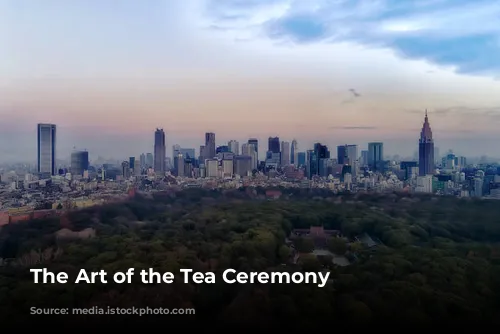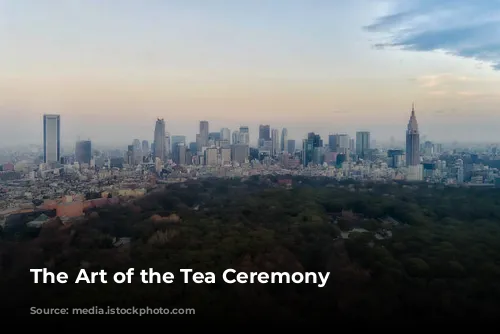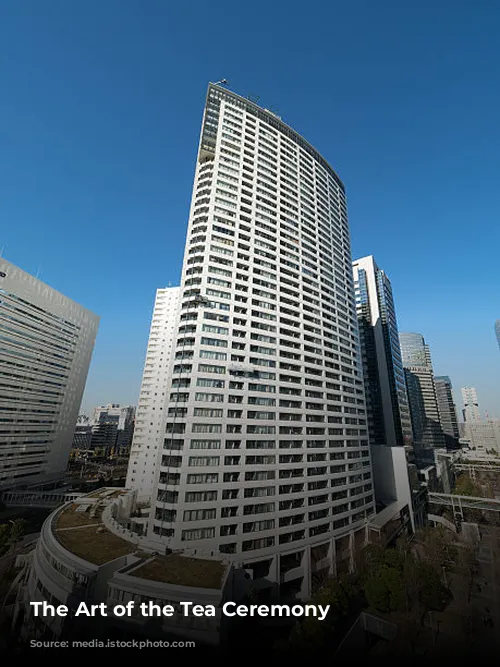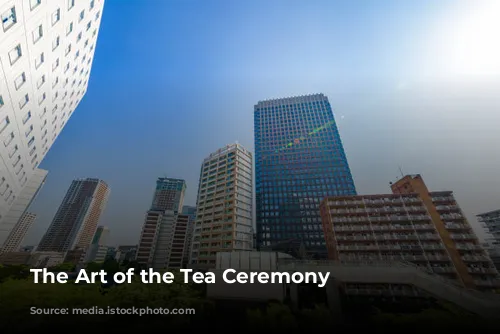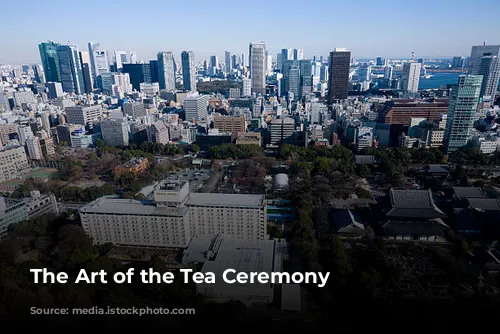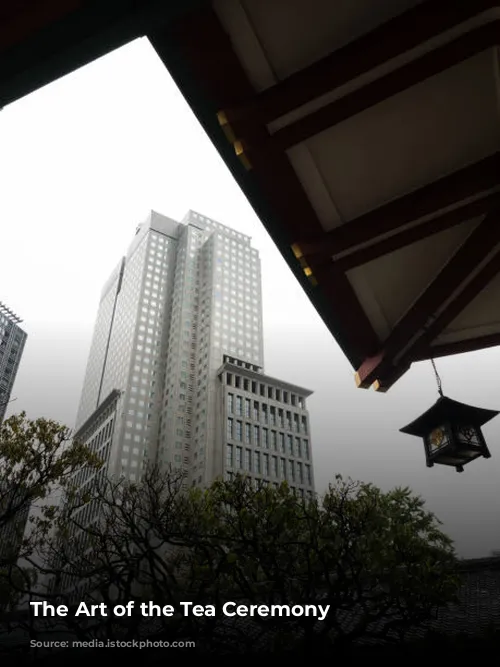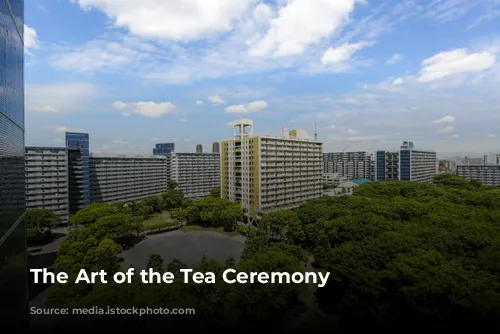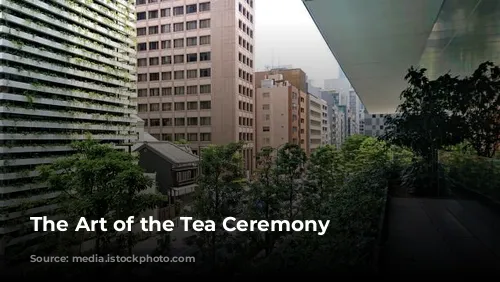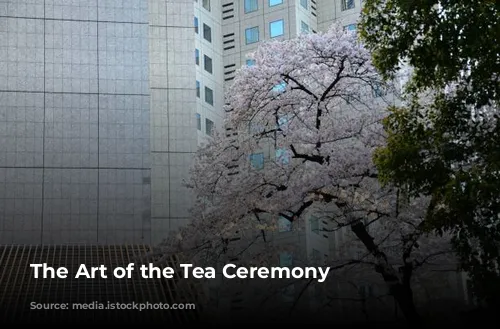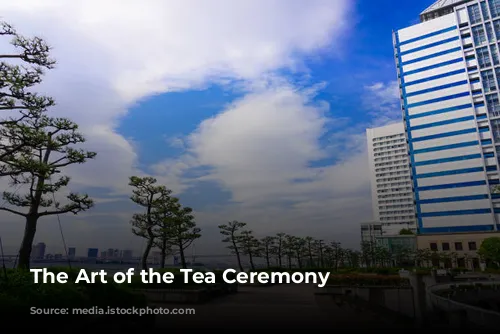Imagine a world where sipping green tea isn’t just about the taste; it’s a profound journey of mindful connection and appreciation. This is the essence of the Japanese tea ceremony, a centuries-old ritual steeped in tradition and steeped in meaning. More than just a way to enjoy tea, it’s a captivating art form that reflects the beauty of Japanese culture.
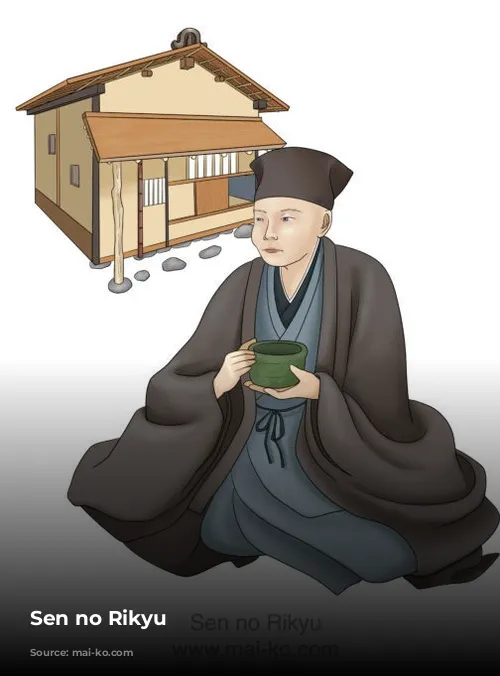
Why is the Tea Ceremony So Special?
The Japanese tea ceremony, also known as chanoyu, sado, chadou, or ocha, is much more than just a beverage ritual. It’s a journey of connection, mindfulness, and a deep appreciation for the present moment. Throughout history, the ceremony was reserved for the elite – Zen monks and powerful warlords. Today, while some practice it as a hobby, many Japanese consider it a traditional art form, a way to connect with their heritage. The ceremony is a testament to the Japanese love for meticulous detail, harmony, and a reverence for simple beauty.
The Deeper Purpose of Tea Ceremony
The heart of the tea ceremony lies in its profound purpose. It’s a carefully orchestrated dance of honoring tradition, cultivating mindfulness, and strengthening the bond between the host and the guest. The experience transcends a simple tea break; it’s a journey of self-reflection, finding peace amidst the everyday hustle, and appreciating the fleeting beauty of each moment. The ceremony is a powerful tool for cultivating a sense of inner tranquility and embracing the present with gratitude.
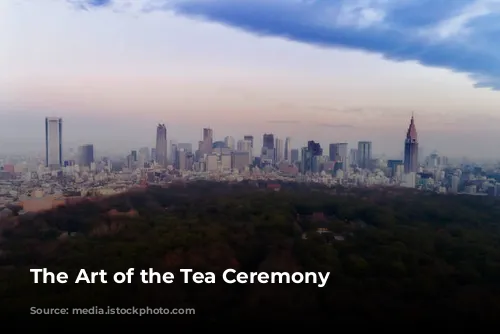
A Ceremony of Time and Tradition
The duration of a tea ceremony varies depending on its formality. A casual ceremony, known as chakai, can last anywhere from 30 minutes to an hour, while a more formal ceremony, including a kaiseki meal (a multi-course Japanese feast), can stretch for up to four hours. The experience is a deliberate and thoughtful process, allowing guests to fully immerse themselves in the moment, and appreciate the intricate details of each step.
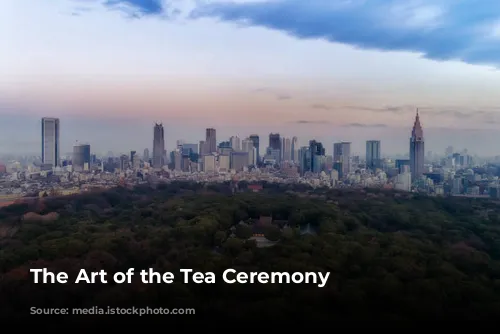
Tracing the Roots of a Tradition
The history of the Japanese tea ceremony is fascinating. It began with the arrival of tea leaves in the 12th century, brought by Eisai, a Buddhist monk who traveled to China. Initially, tea was used as a medicine, but its calming effects and invigorating properties eventually made it a popular choice for monks who needed to stay alert during long hours of meditation. The samurai class embraced tea as a leisure activity, finding solace and reflection in the ritual.
In the late 1500s, Sen no Rikyu, a tea master from Osaka, transformed the simple act of tea drinking into a profound ritual. He introduced the philosophy of ichi-go-ichi-e, which translates to “one time, one meeting,” emphasizing the preciousness of each moment. He also championed the wabi-sabi aesthetic, embracing the beauty of imperfection and simplicity.
A Ceremony of Seasons and Celebrations
The Japanese tea ceremony is a celebration of life’s rhythms. Guests are invited to share the experience on special occasions, to mark seasonal changes like the cherry blossom season or the arrival of the freshest tea leaves. The ceremony is a way to pause, reflect, and connect with the natural world, appreciating the beauty of each season.
The Essence of Matcha
The heart of the tea ceremony is matcha, a finely ground green tea powder known for its vibrant color and rich, earthy flavor. The quality of the matcha depends on the leaves used. The top leaves from the first harvest are considered the highest quality, while the bottom leaves from later harvests are often less prized. Hojicha, a roasted green tea, is sometimes used, offering a different flavor profile.
Sweet Delights Accompanying Tea
Sweet treats called wagashi are traditionally served alongside the matcha. Higashi, dry sweets made from pressed rice flour, are favored for informal gatherings. They often reflect the season, with flavors like sakura (cherry blossom) in spring and maple-leaf shapes in fall. Monogashi, moist sweets with red bean paste fillings, are another popular choice, and their flavors also change with the seasons. These delicate sweets complement the bitterness of the matcha, creating a harmonious balance of flavors.
Navigating the Etiquette of the Tea Ceremony
The Japanese tea ceremony is characterized by its strict etiquette, emphasizing respect and mindfulness. It’s about demonstrating your appreciation for the host’s hospitality and the beauty of the ritual. Here are some key things to keep in mind:
– Arrive on time.
– Wear clean socks and dress conservatively.
– Remove your shoes before entering the tea room.
– Turn off your phone or set it to silent mode.
– Bow to the host as a sign of respect.
– Avoid strong fragrances.
During the ceremony, observe the host’s cues and maintain silence. While the host prepares the tea, you’ll be invited to admire the bowls and seasonal flowers. Conversations should focus on the ceremony itself, the tea, and the changing seasons.
Mastering the Art of Slurping
While many aspects of tea ceremony etiquette are nuanced, there’s one simple rule that many beginners overlook: slurping the tea. This may seem odd at first, but it’s a sign of appreciation, indicating that you’ve enjoyed the tea to the fullest. It’s a gesture that acknowledges the host’s efforts and the quality of the matcha.
The Legacy of Sen no Rikyu
The tea ceremony owes its profound influence to Sen no Rikyu, a master of tea who lived in the late 1500s. He taught many warlords, shaping the ritual into the form we know today. Rikyu established four core principles: wa (harmony), ke (respect), sei (purity), and jaku (tranquility). He also popularized the use of flowers in the ceremony, and emphasized the wabi-sabi aesthetic, finding beauty in simplicity and imperfection. His teachings are essential to understanding the true meaning of the tea ceremony.
The Tea Ceremony and Meditation
The tea ceremony is not only about bonding and connection; it’s also a deeply meditative practice. Tranquility is one of the four core principles, and the deliberate steps involved in the ceremony promote mindfulness. You are fully present in the moment, focusing on each gesture and appreciating the simple act of preparing and drinking tea.
The tea ceremony aligns with Zen philosophy, which emphasizes transience, presence, selflessness, and acceptance. The ceremony’s emphasis on harmony, respect, and tranquility echoes the core principles of Zen, promoting a state of mindfulness and inner peace.
The Japanese tea ceremony is a window into the soul of Japan. It’s a ritual that celebrates the beauty of the present moment, embraces simplicity, and fosters deep connection. It’s a powerful reminder that in our fast-paced world, taking time to appreciate the simple things can bring profound joy and a sense of inner peace.
